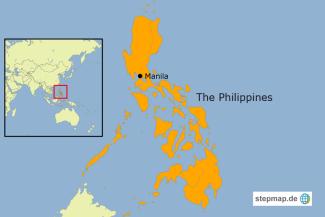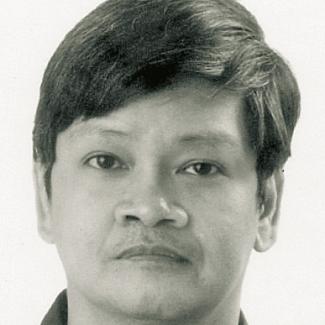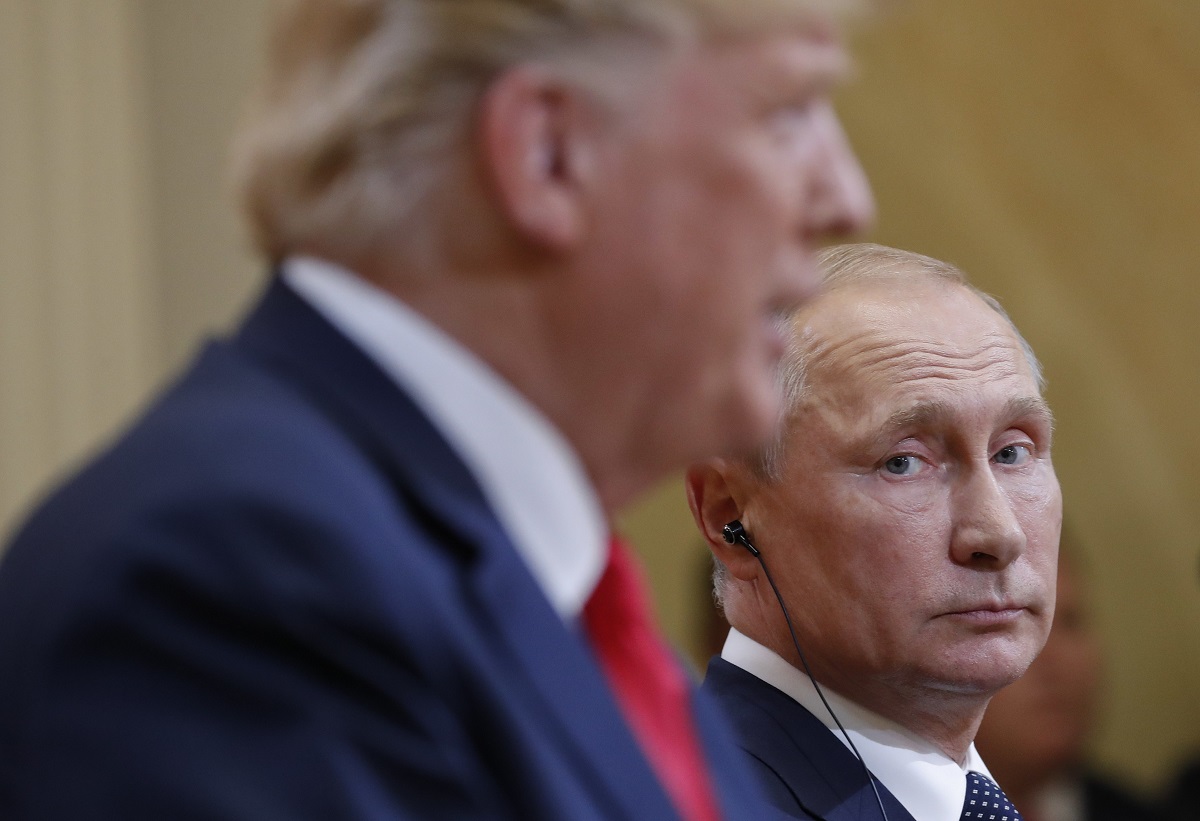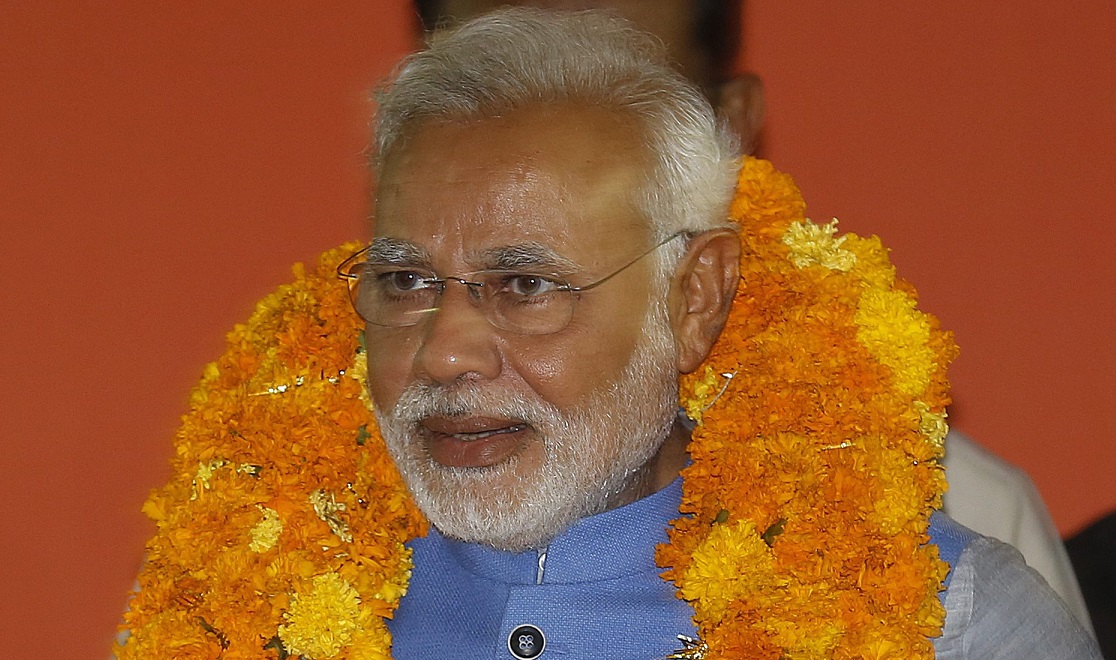Manila
Dysfunctional complexity

Metro Manila’s mayors are famous for not working with one another. Although they might share the same streets and thoroughfares, different cities have different traffic regulations and issue their own traffic tickets. Mayors tend to forget problems as soon as they cross the the city limits. Yet the entire agglomeration faces serious challenges, including garbage, pollution, flood control and traffic. None of the 17 LGUs can solve any of the major problems on its own. Their leaders must agree on joint policies.
A strong Metro Manila authority would probably help, but the first and only time this was tried, it was Imelda Marcos who was appointed Metro Manila governor by her dictator husband Ferdinand. Her tenure was famous for building whitewashed walls around urban poor neighborhoods, and for wooly schemes that were not implemented. Perhaps because of that experience, there has been an aversion to central authority.
The compromise is the Metropolitan Manila Development Authority (MMDA), where all the mayors form a council, with a chairman appointed by the president. The MMDA chief works through consensus and cannot issue orders to LGUs, something that has hindered attempts to solve Metro Manila’s problems.
The management of fast growing megacities is always a huge challenge. Often there is no alternative to muddling through. The reason is that new problems arise fast before laws and regulations are passed to solve old problems. Accordingly, jurisdictions tend to blur, and policymakers tend to improvise. Therefore, the institutional complexity of Metro Manila is not unusual.
All over the world, mayors tend to rule as much by charisma and soundbites as by constitutional powers and local budget allocations. All too often, municipal governments do not have adequate funds of their own, so they depend on money from the national government for major infrastructure projects. Things are especially difficult in developing countries and emerging markets. The downside of blurred jurisdictions is unclear responsibilities, and the lack of public accountability undermines the legitimacy of public institutions. It adds to the problems that municipal officers normally are not paid well in the global south. A common experience is that bribes boost officers’ incomes and drive their decisions.
As a result, wealthy but unelected elites have disproportionate influence. Moreover, unchallenged traditions have a bearing on governance. Both can make voters cynical about their leaders at the local and national levels. Many people consider politicians laughing stock.
The underlying problem is that the officials often do not have the powers and competences they would need to really tackle the issues they are supposed to be in charge of, while they do have options to hand out favours to those who are close to them. Accordingly, hidden agendas dominate policymaking.
The Philippines actually has a powerful local government code that devolves powers to the citizen to the level of the village, or barangay. Unfortunately, very few Filipinos know the local government codes or are interested in exercising their powers, preferring to simply vote leaders and then leave them largely alone.
To improve matters, public trust must be restored. Doing so will normally require a complex reform process. The greatest challenges are probably to distribute powers among various levels of government that actually fits the problems at hand – and to design checks and balances that actually work. Perfection may not be feasible, but that does not mean one should settle for anything obviously dysfunctional. (acr/dem)











